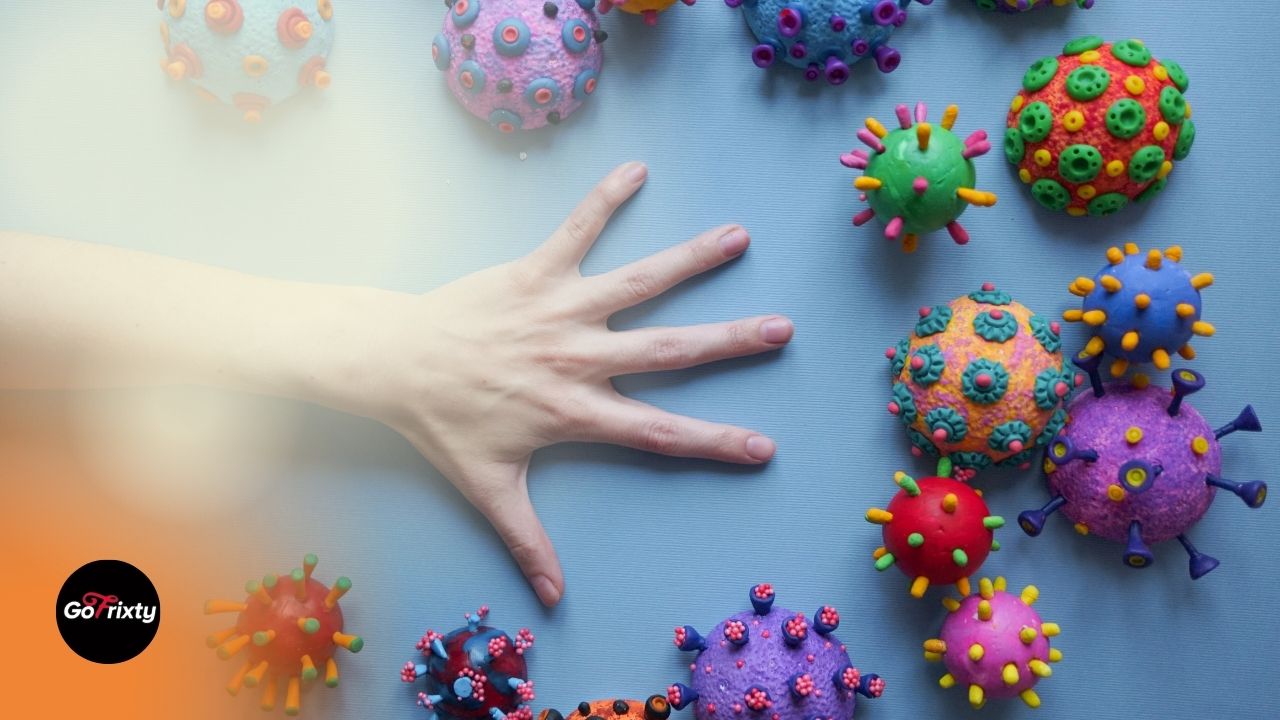To understand the Structure of COVID-19, let’s first look at the little background of its origin.
Coronavirus-2 was originated in Wuhan, a smaller city in the Hubei Province of China. It then spread to the other parts of the world, and in March 2020, it was declared a pandemic by WHO.
The Structure of COVID-19 is consist of various protein enzymes. These are namely, Spike Glycoprotein or S-Protein, Positive-Sense RNA Strand and N (Nucleus) Protein, Envelope, M or Membrane Protein, E or Envelope Protein.

As you may see in the picture above, how the whole structure of COVID-19 looks and the breakdown of its elements.
Spike Glycoprotein or S-Protein
The S-Protein is the main and most important part of COVID-19 structure, it is the part that actually binds with the ACE-2 (Angiotensin-converting Enzyme 2) Receptor present in the Lungs, Heart, Kidney, and Intestines of the Human Body. Without the presence of S-Protein in the Structure of COVID-19, the virus could not enter the cell and cause any harm to the human body.
RNA and N (Nucleus) Protein
COVID-19 is a positive-sense, single-stranded RNA virus, that is the reason, it acts as a messenger RNA (mRNA) that can penetrate directly into the cells and cells machinery (Ribosomes) start its synthesizes. Inside the Envelope, It contains single Stranded RNA and N-Proteins.
Envelope
The envelope is the coating of the virus structure. Inside the Envelope, the RNA and N-Protein are present, whereas other protein is present on the upper surface of the Envelope.
M-Protein
M-Protein or Membrane Protein binds the Structure of COVID-19 and it is also been used in virus replication according to various studies.
E-Protein
E-Protein or Envelope Protein is the smallest part of the structure of COVID-19. It also binds the COVID-19 structure and is also involved in the replication and pathogenesis of the virus.




